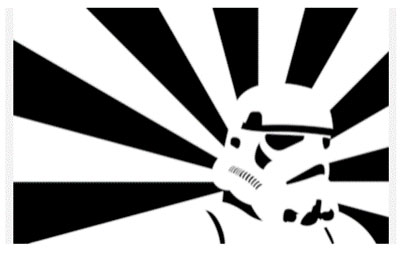Dear Student,
The University has been closely monitoring the recent global developments regarding the threats
posed by COVID-19 also known as novel corona virus. It is putting in best possible efforts
towards adopting the necessary preventive measures as per the communications received from
Department of Health and Family Welfare and Ministry of Human Resources and Development (MHRD). In
alignment with the directives issued by the Punjab Government, all classes in the University
shall remain suspended till March 31st, 2020. However, during this period the University
shall transit from in-person teaching to online/remote academic connect.
In this regard the following guidelines should be adhered to by the students:-
- Students should download and install the “LPU Live” App for online/remote
academic connect (the details in this regard have been updated on UMS). The students
shall continue their studies through the “LPU Live” App and LPU-UMS.
- The University shall remain functional and faculty/staff shall be available
during the working hours for all kinds of academic support required by the students.
- Incase students opt to undertake any personal domestic travel; it is advised
that all necessary precautionary measures and hygiene advisories should be followed.
- International travel by the students is strongly discouraged.
- Students should avoid participation in large gatherings or venturing out to
crowded places.
- All University events scheduled till March 31st, 2020 stand postponed
till further notice.
- There shall be no changes in the Academic Calendar of the current term.
We are confident that we will emerge stronger from this as ever and in the next few days we shall be
disseminating further information regarding this. The students are advised to keep in touch with
their
LPU-UMS and
LPU Live App for regular updates.


